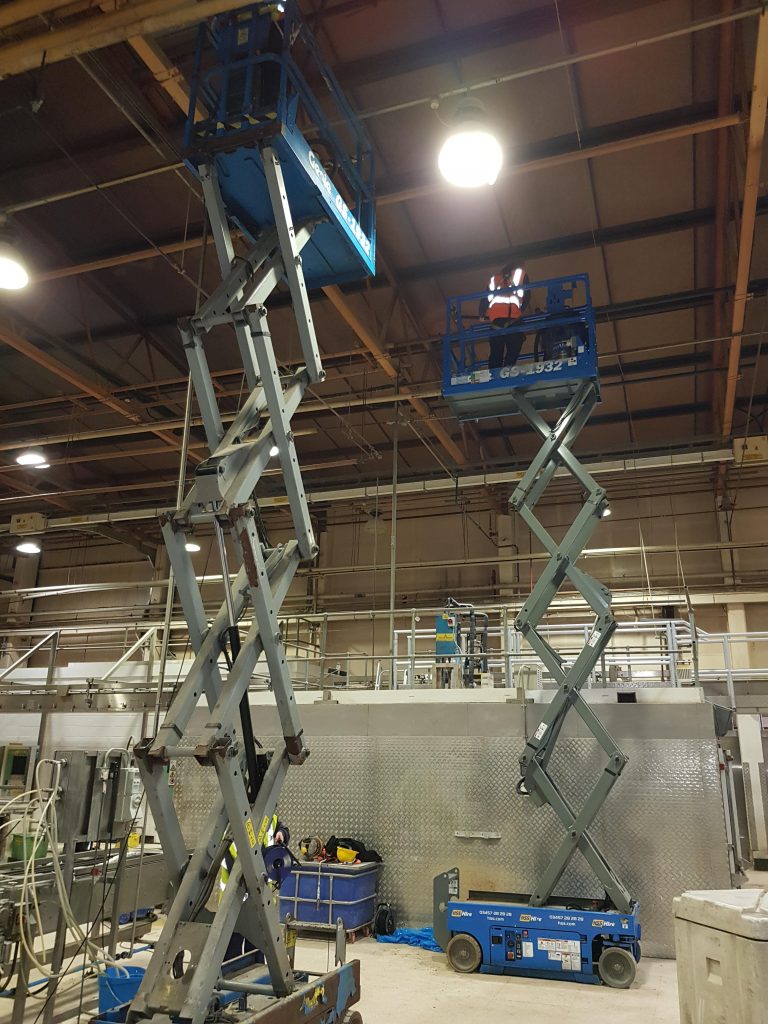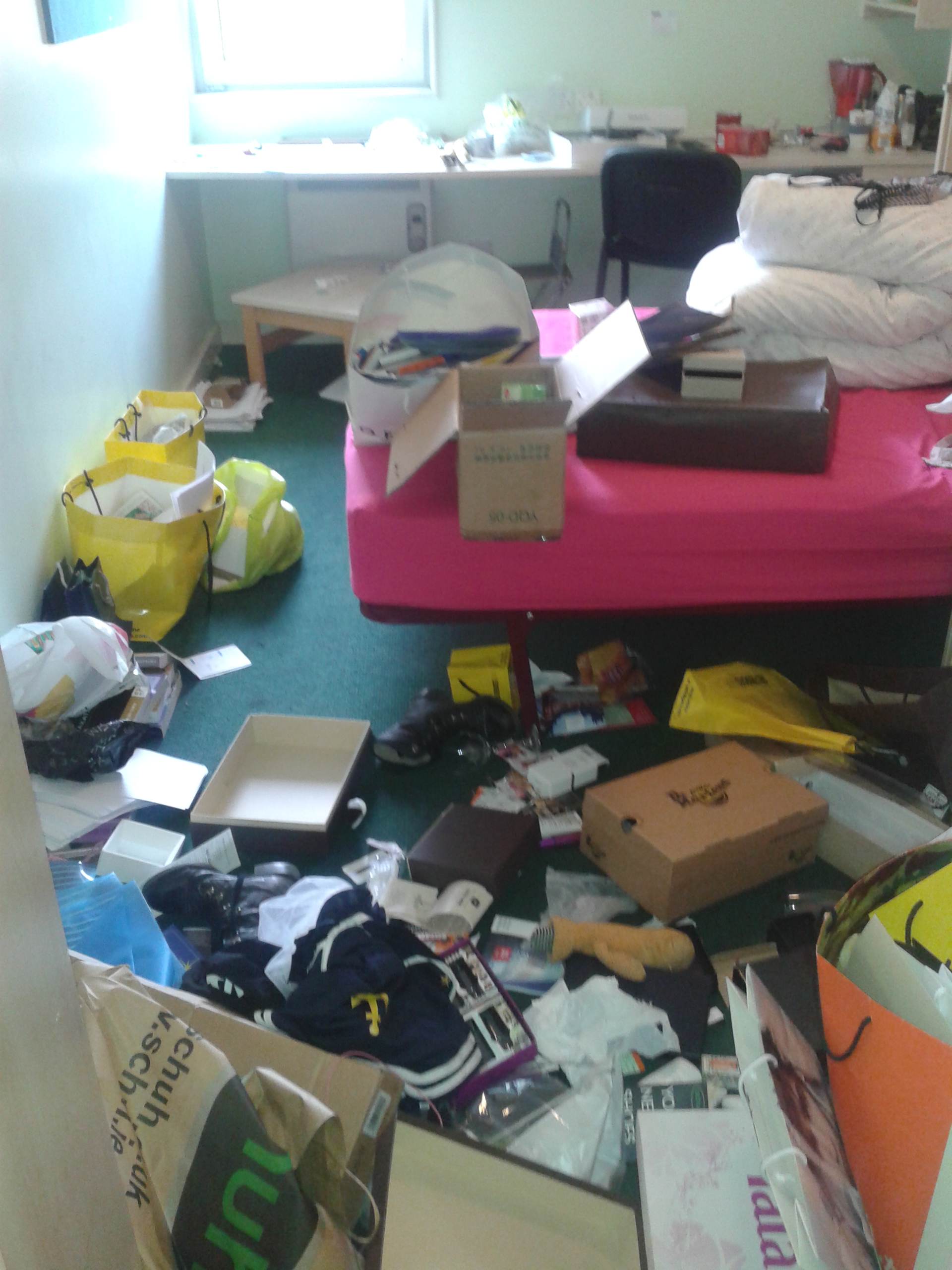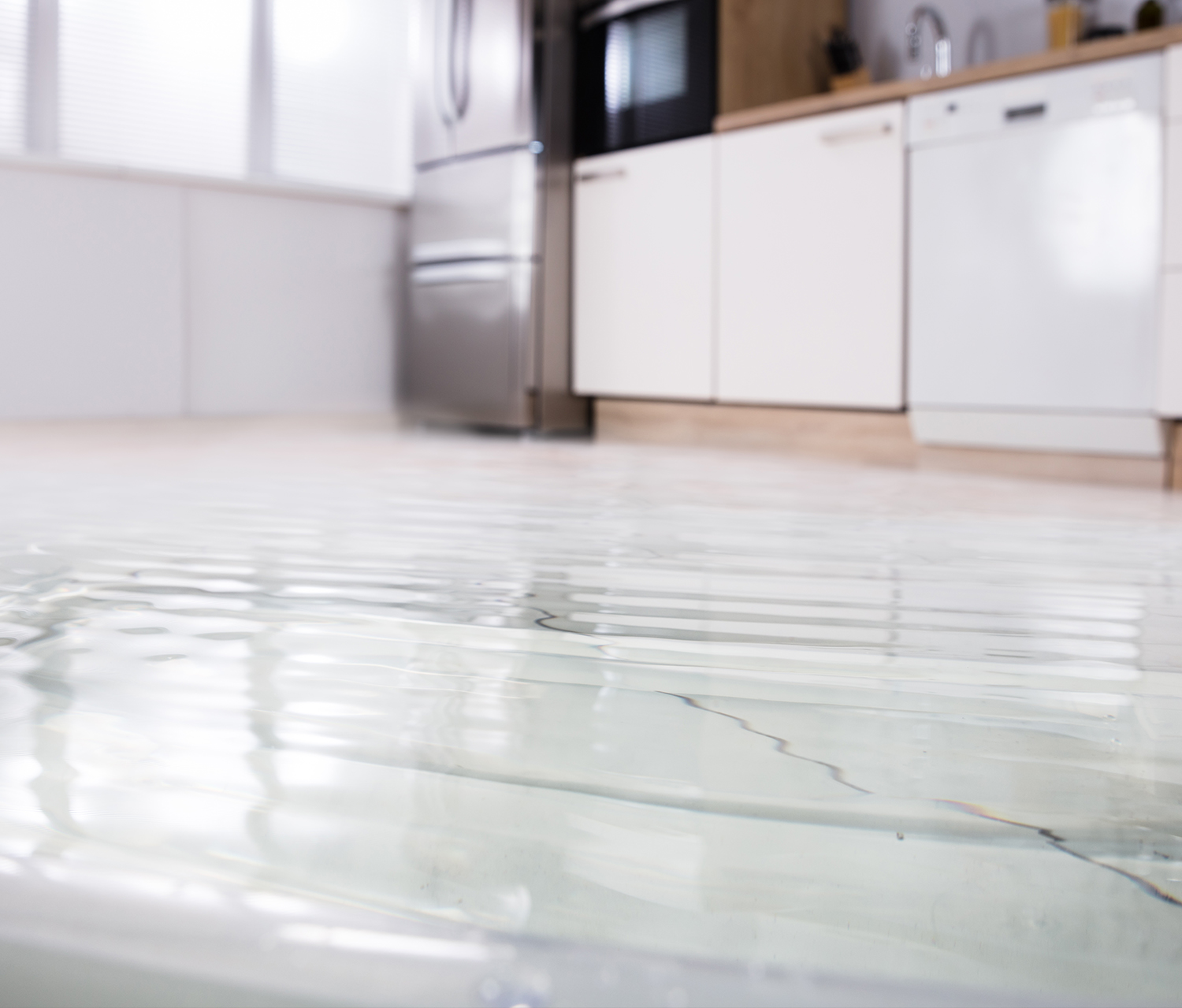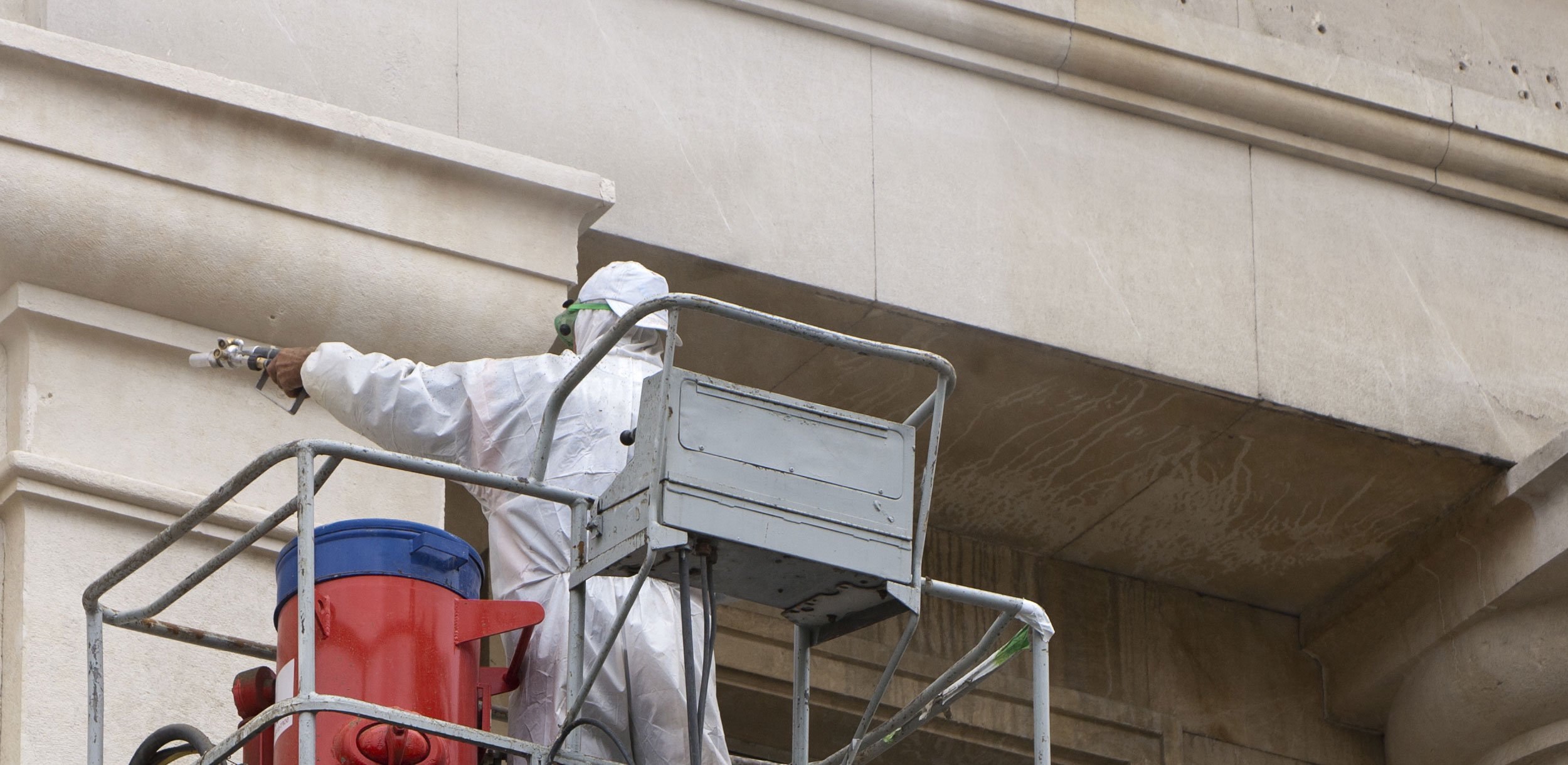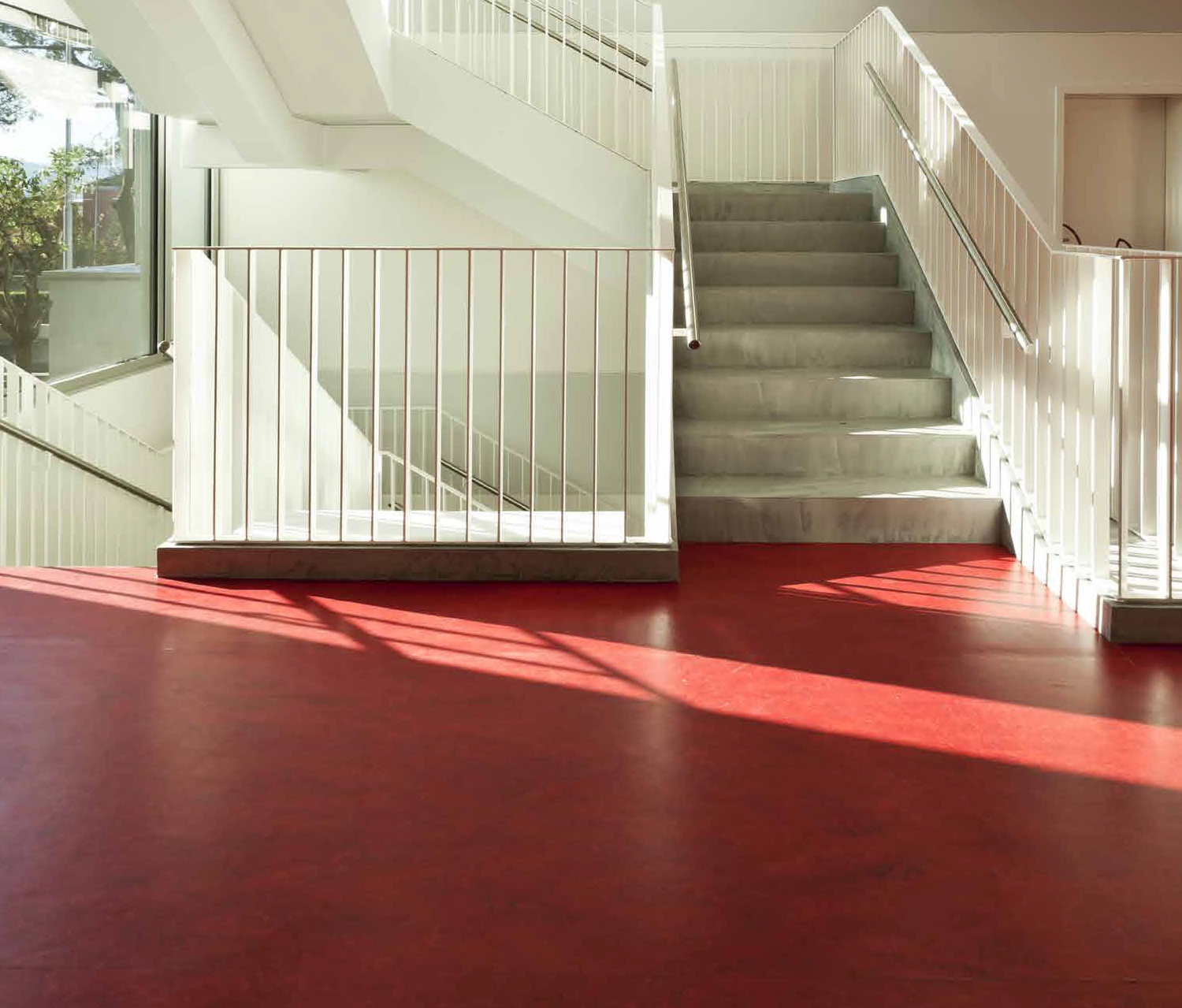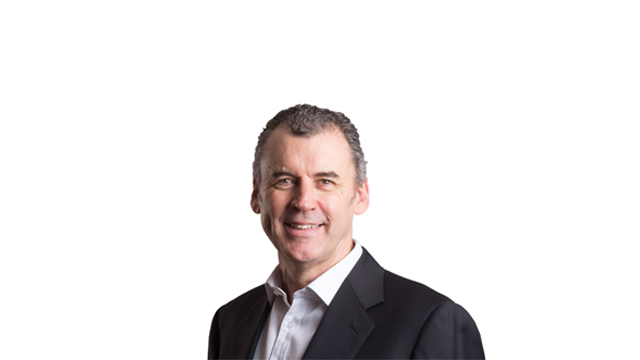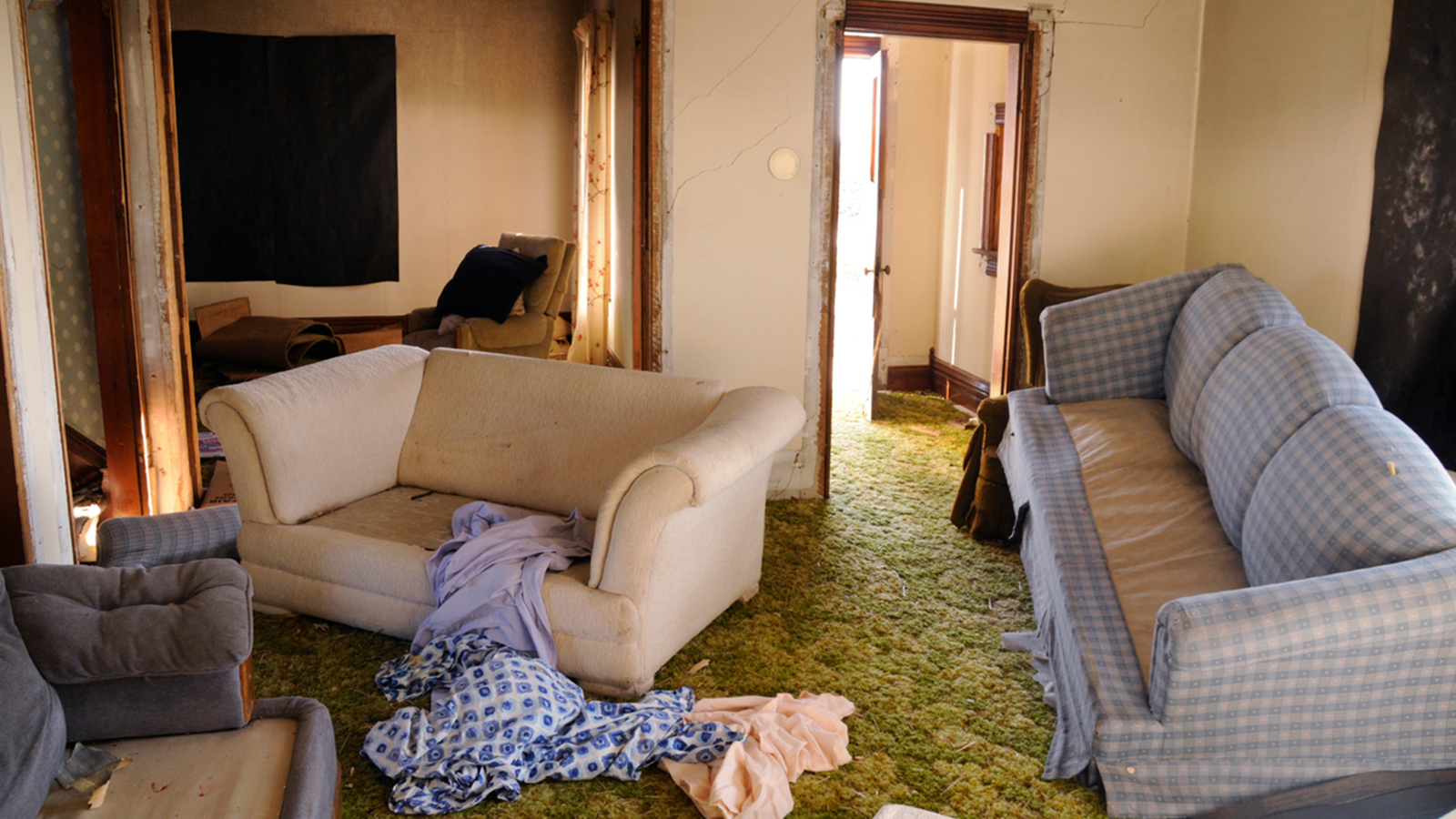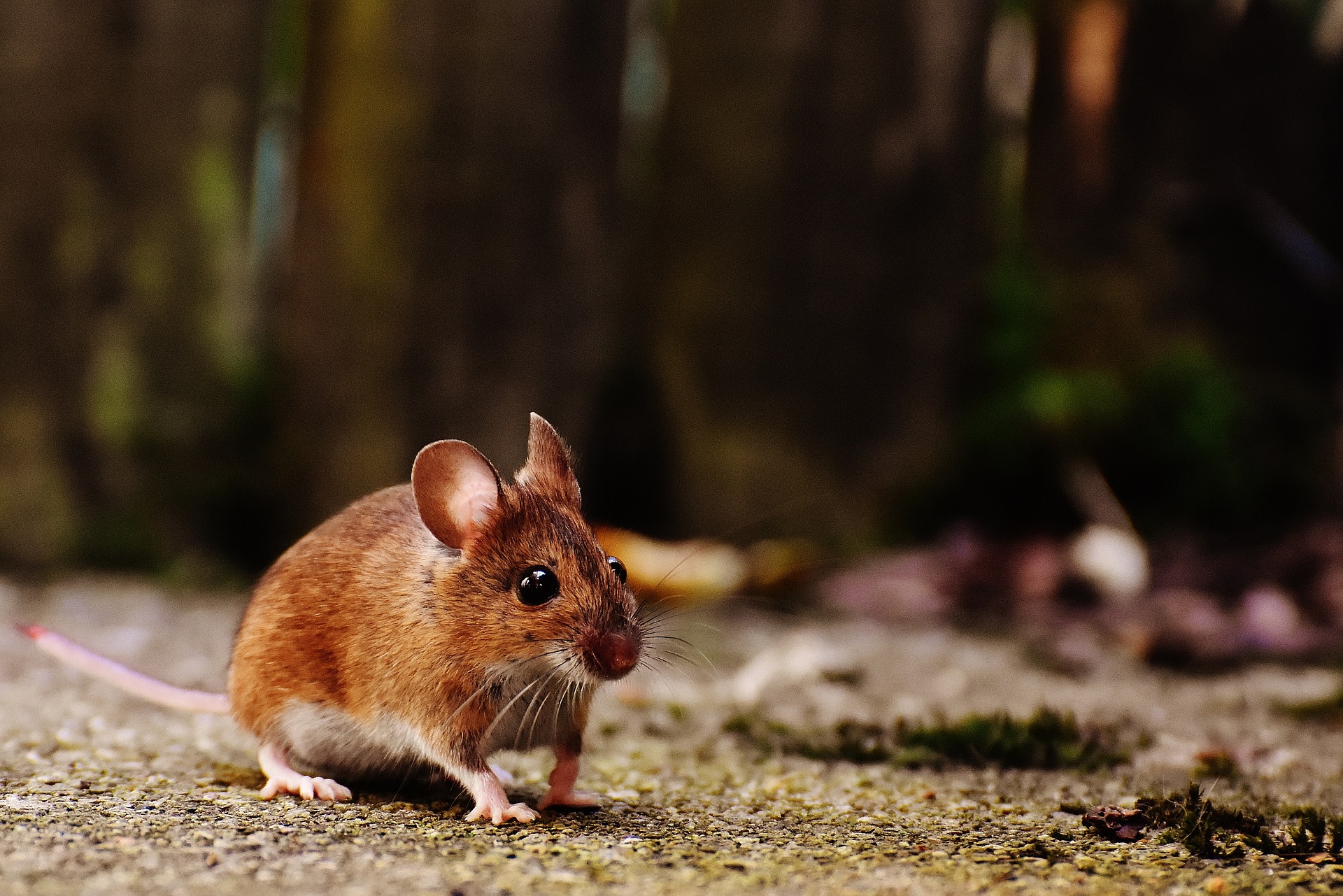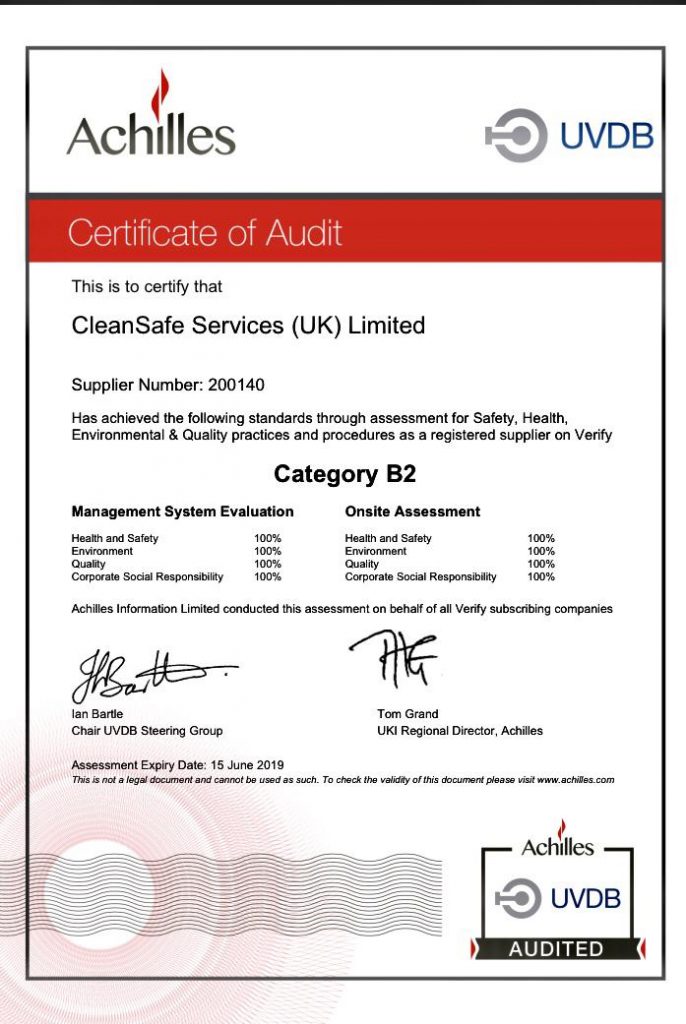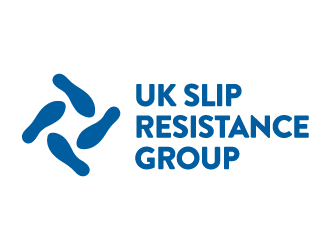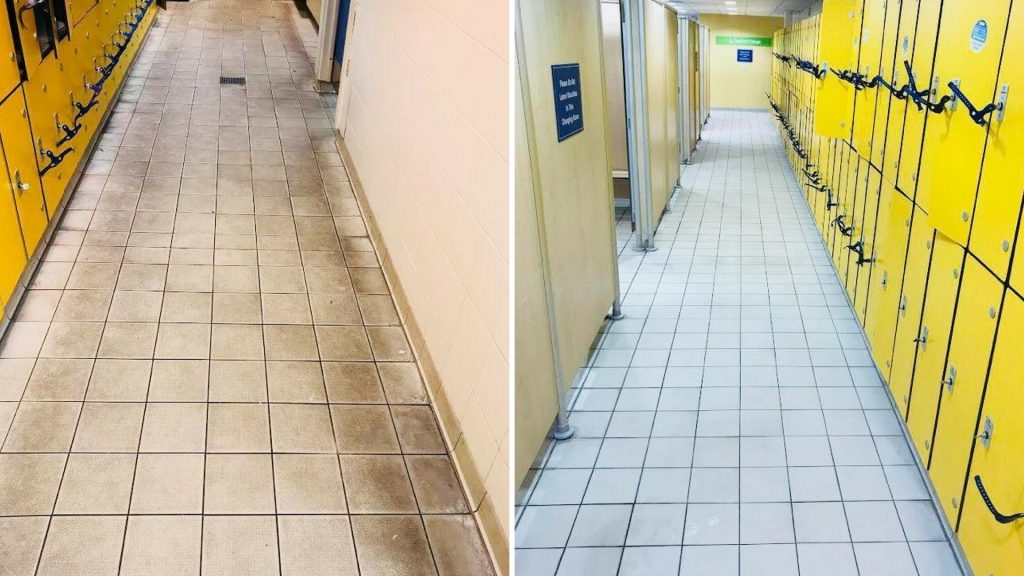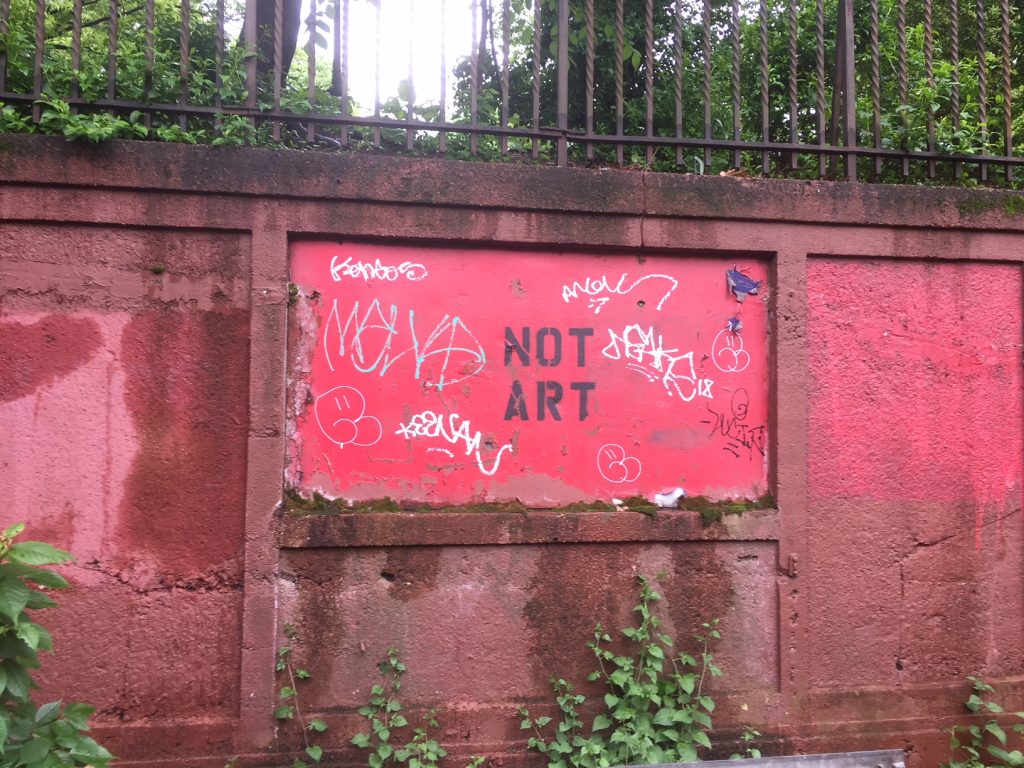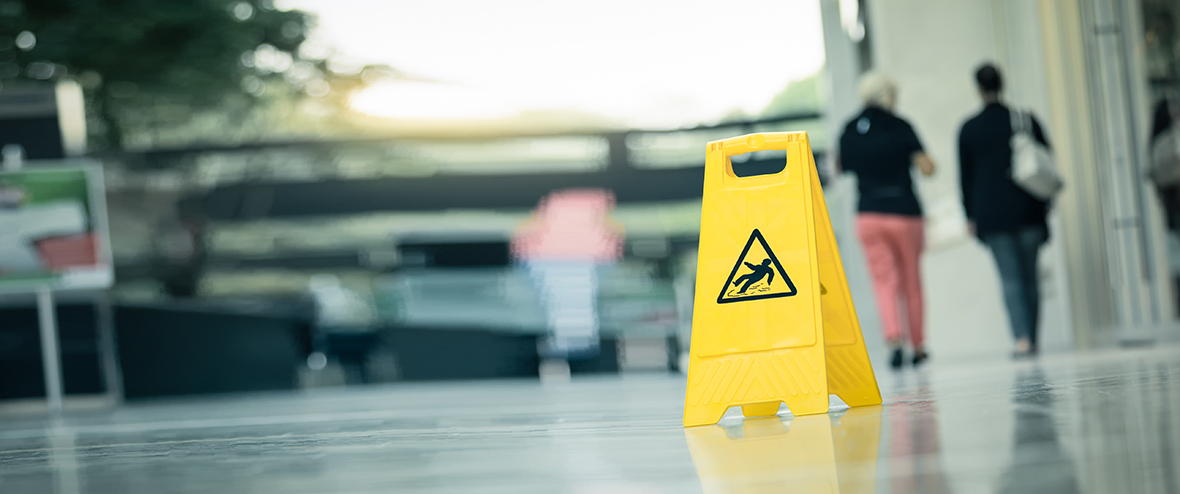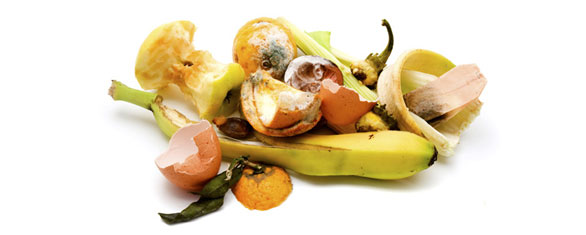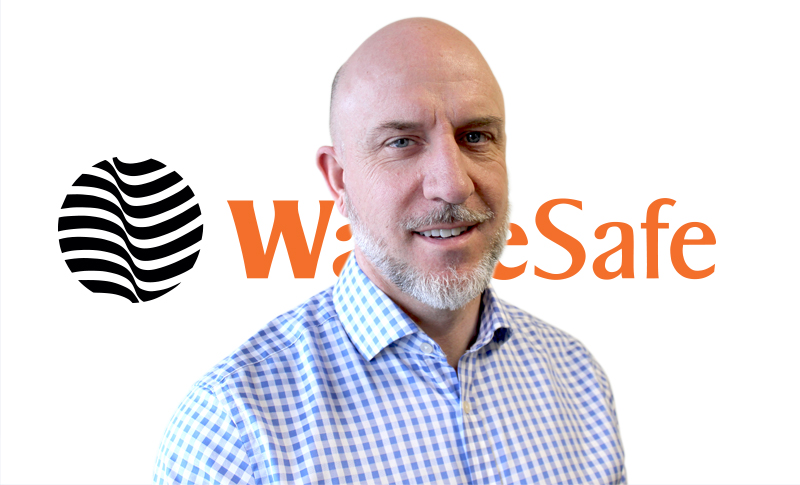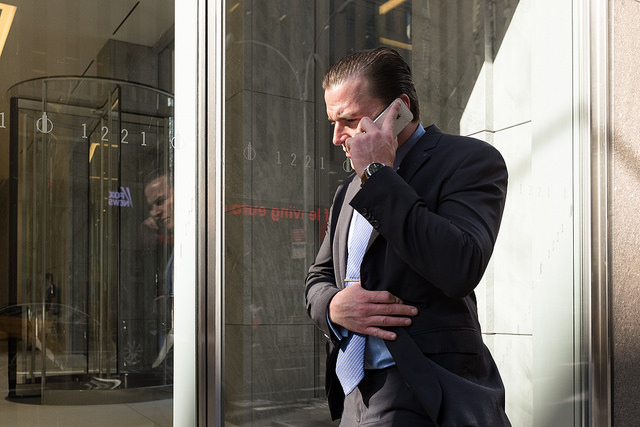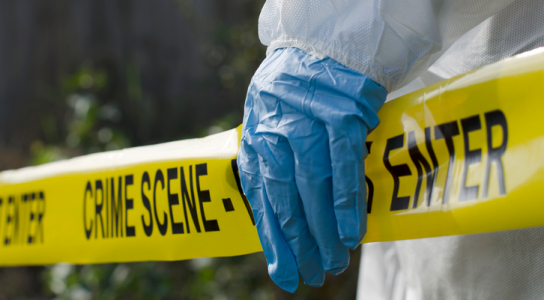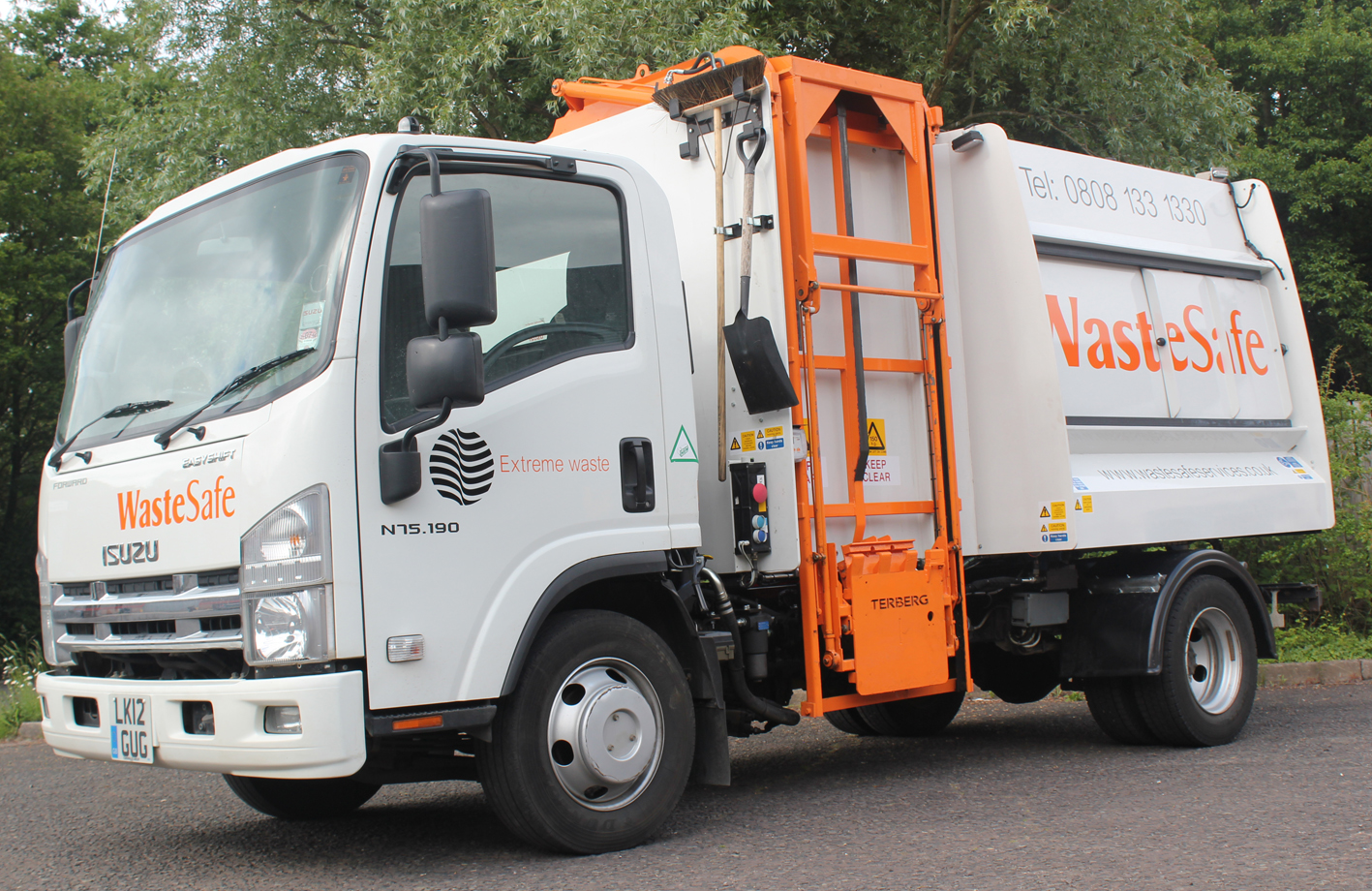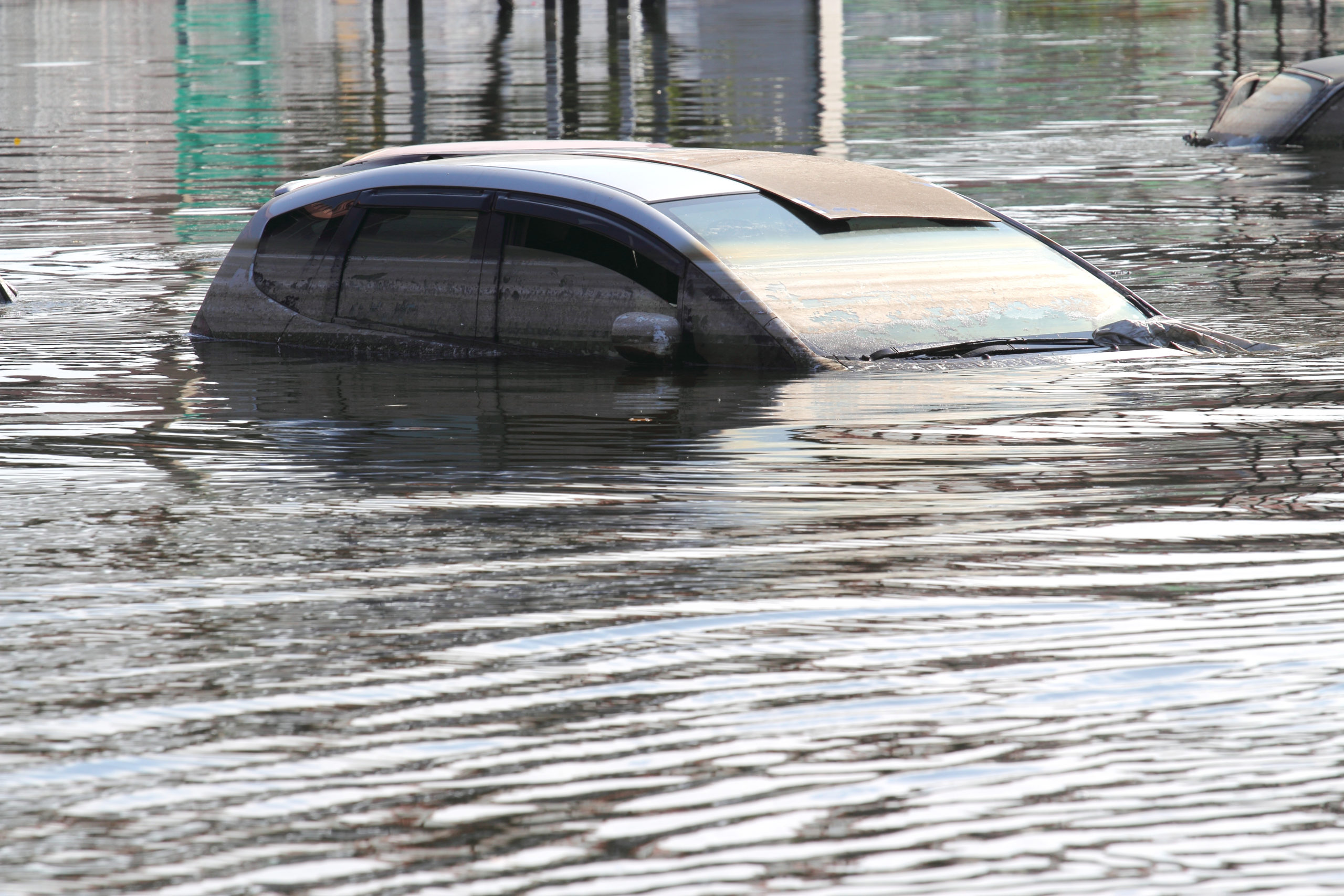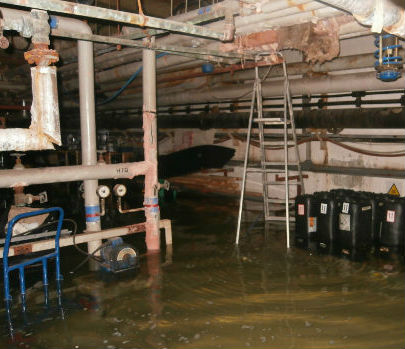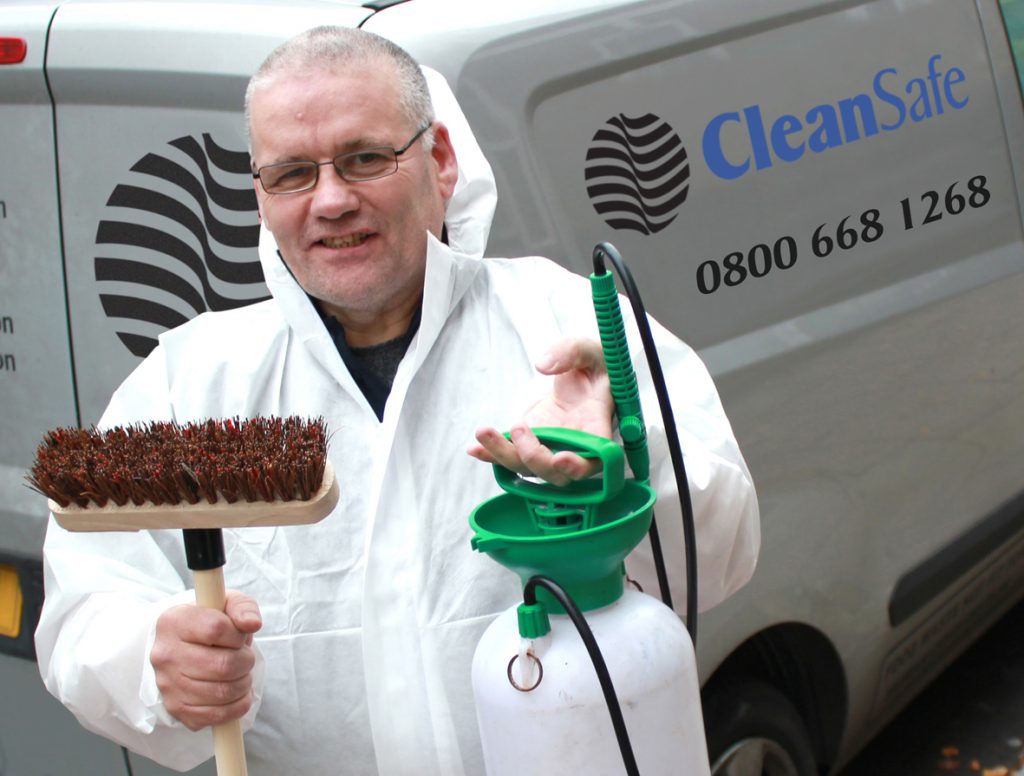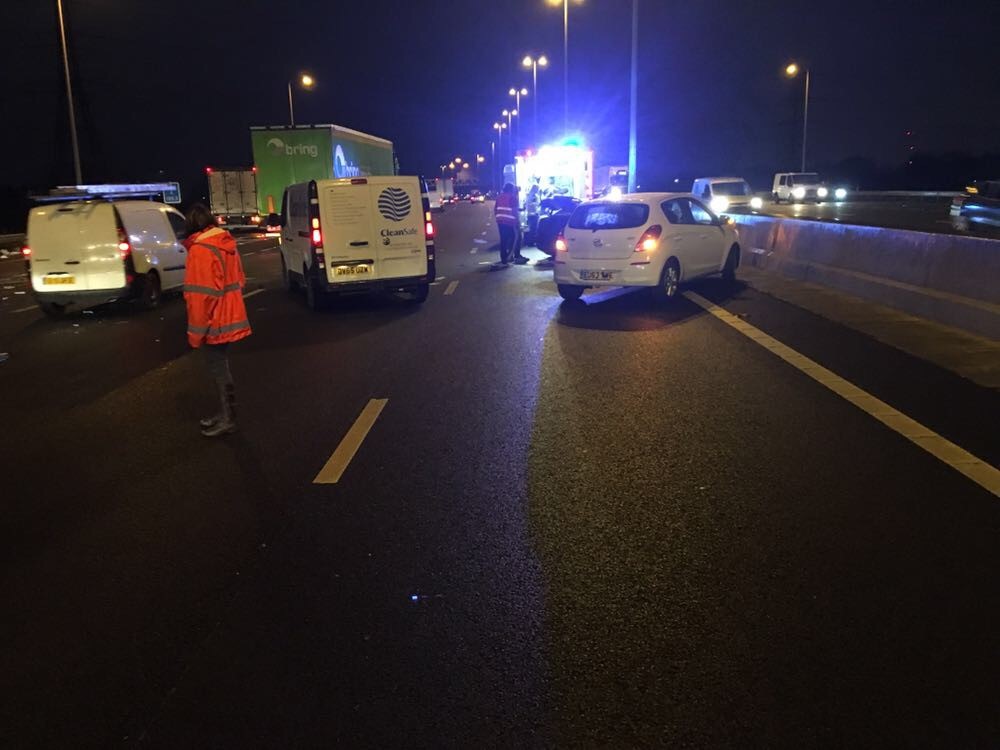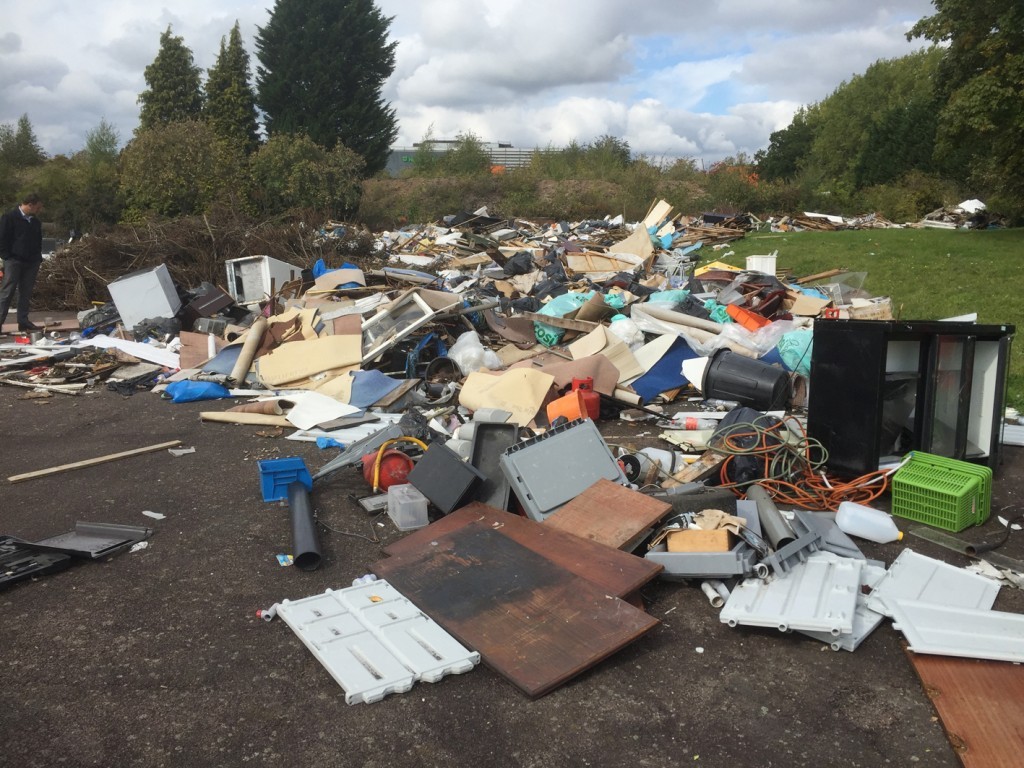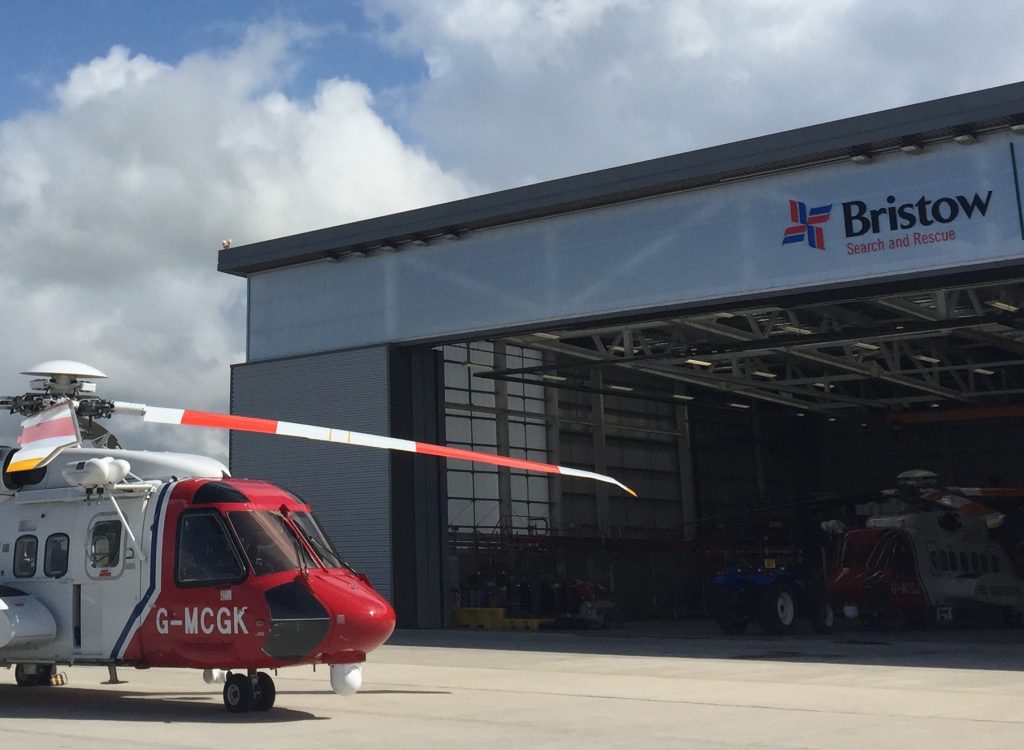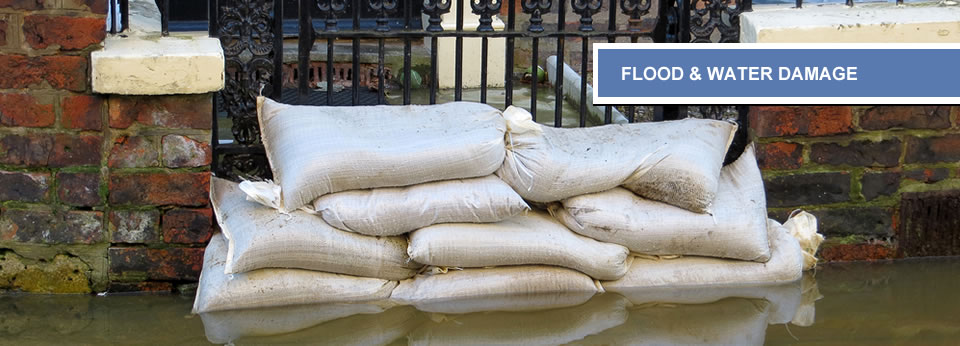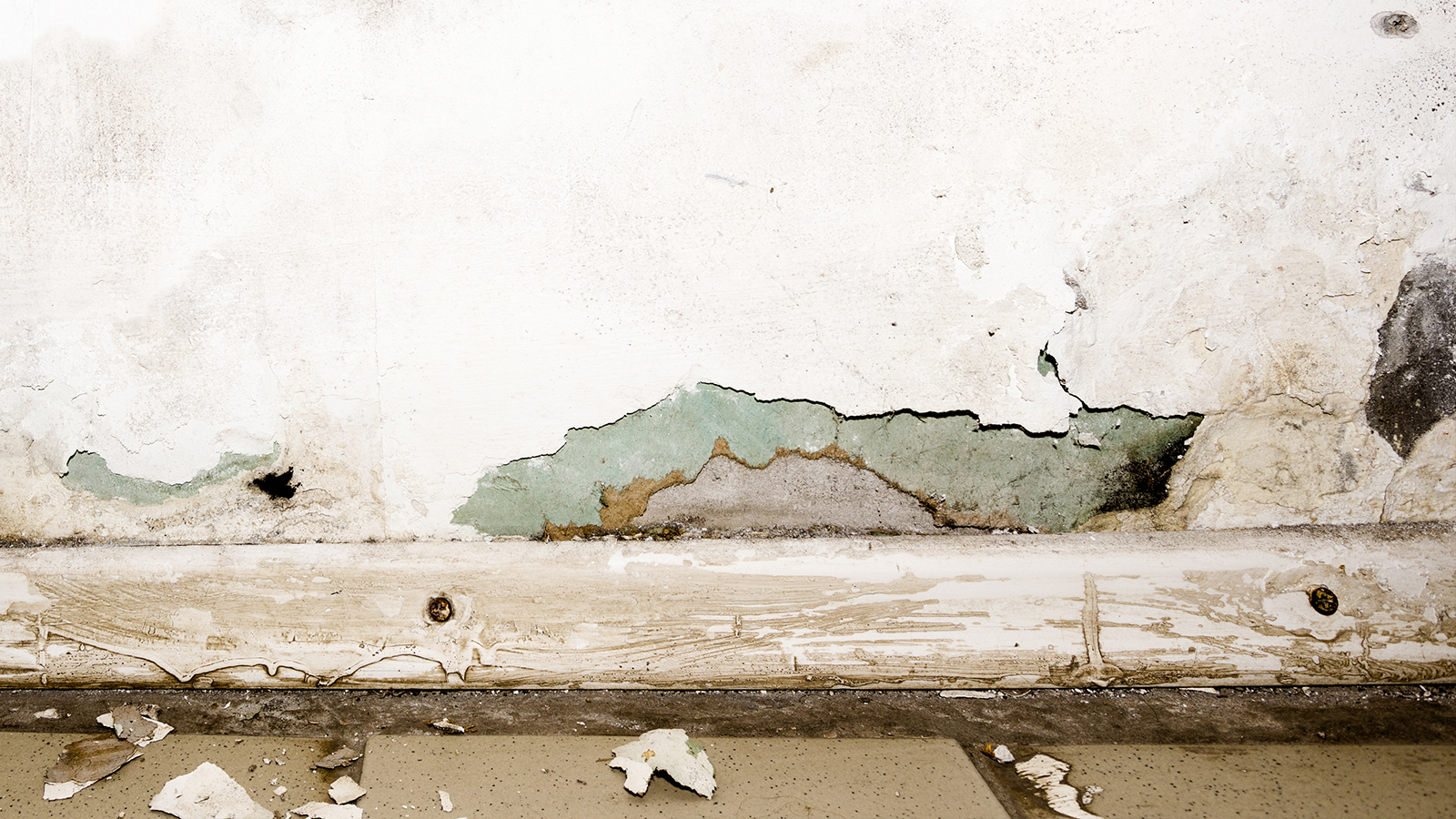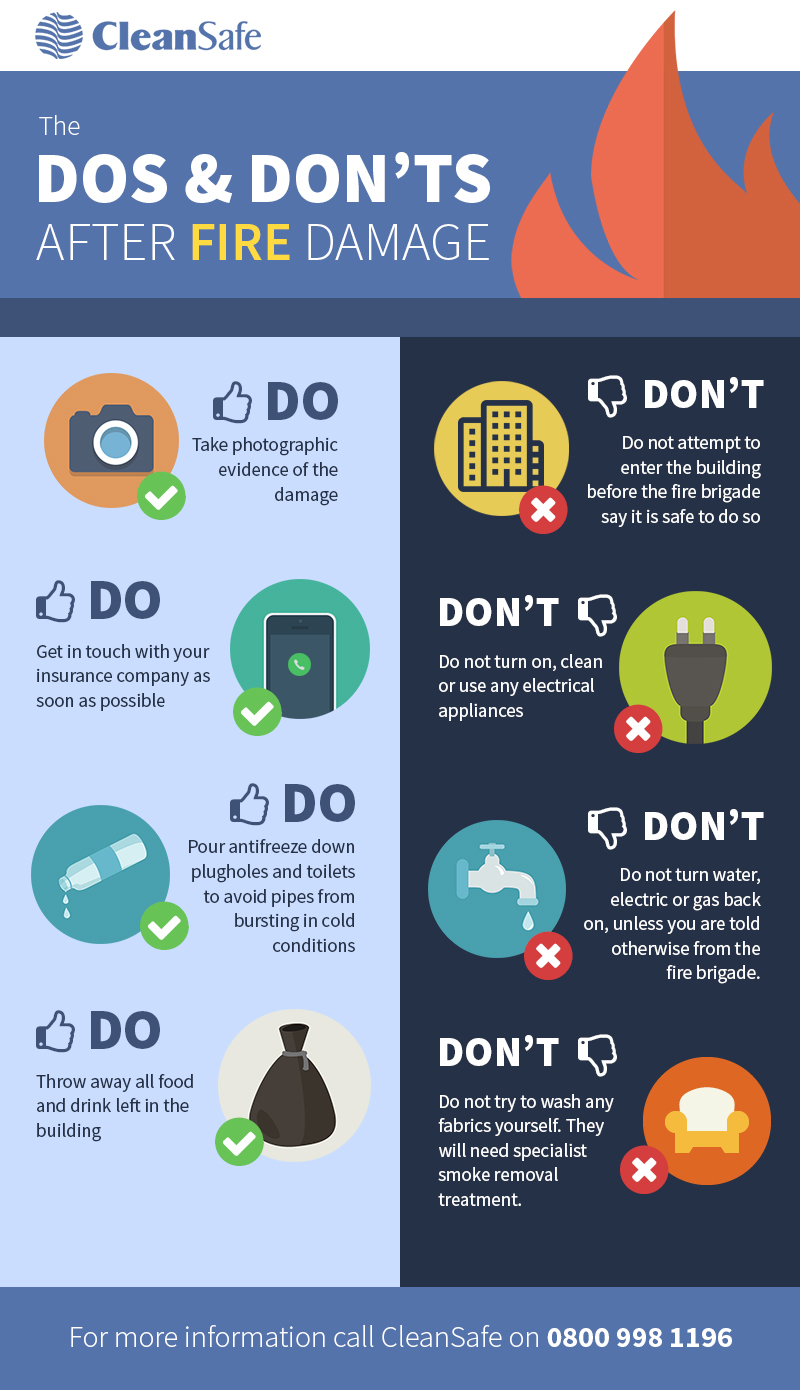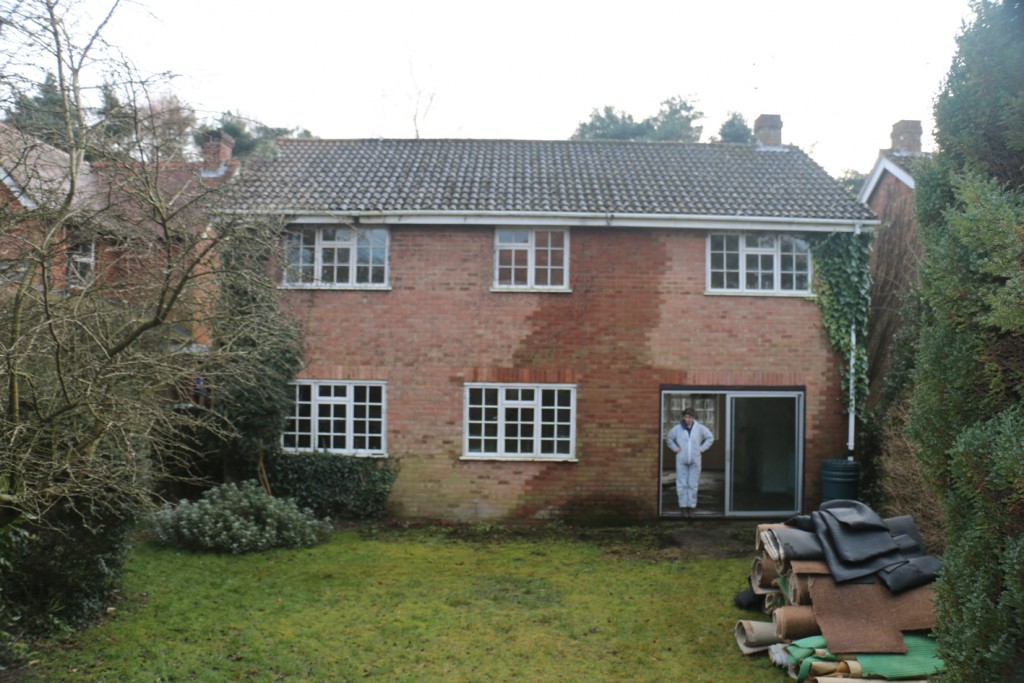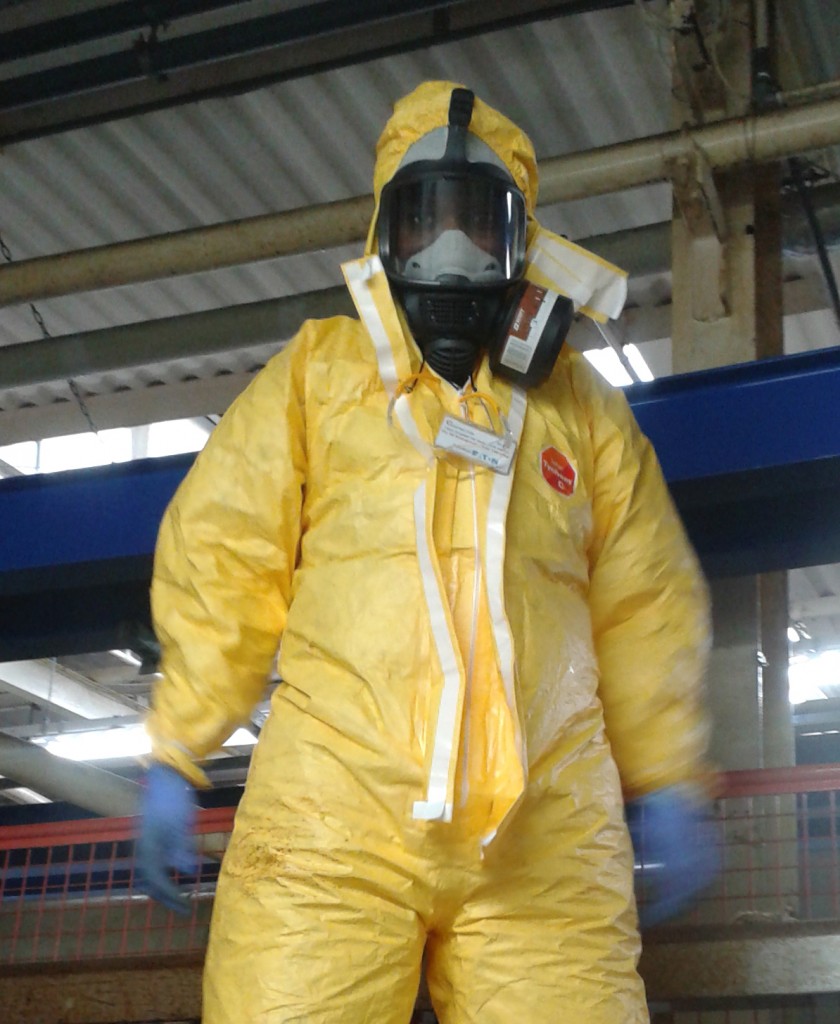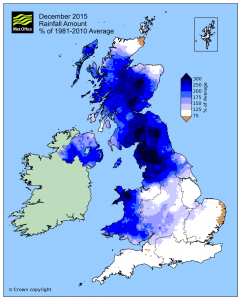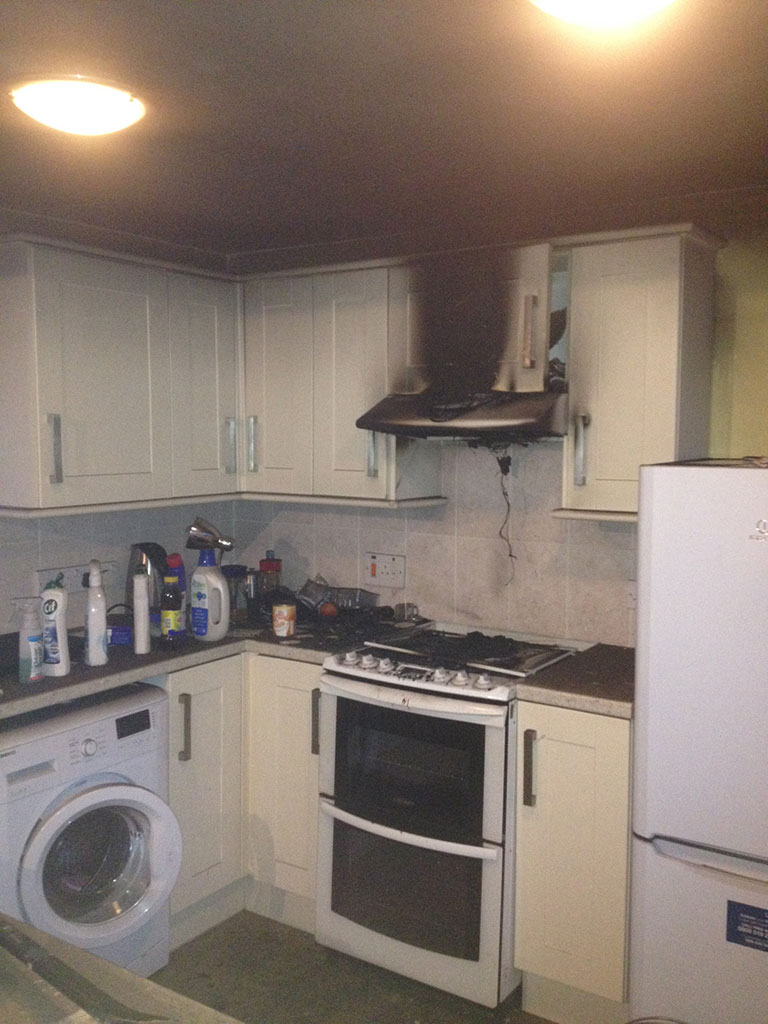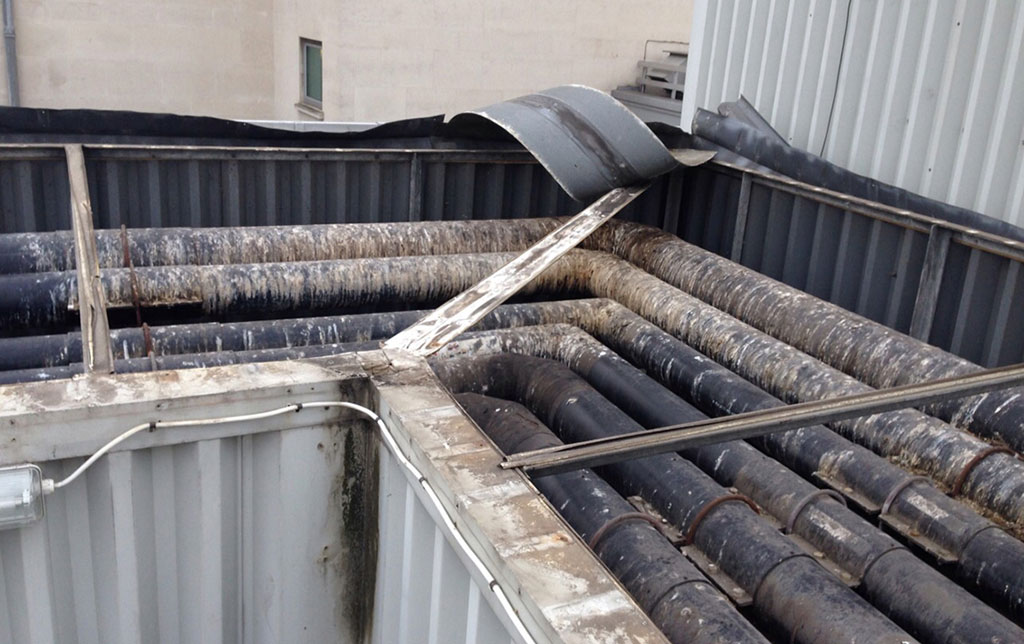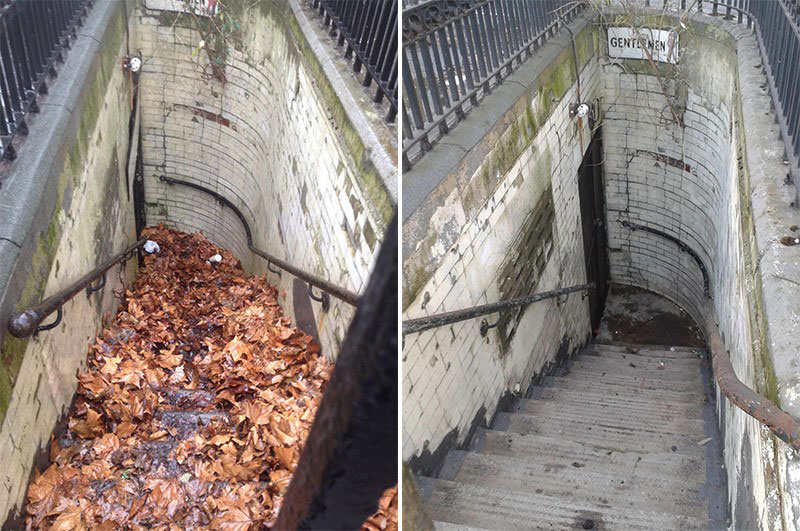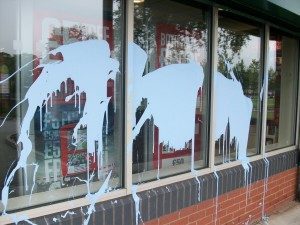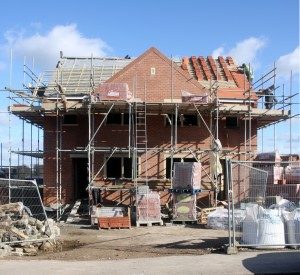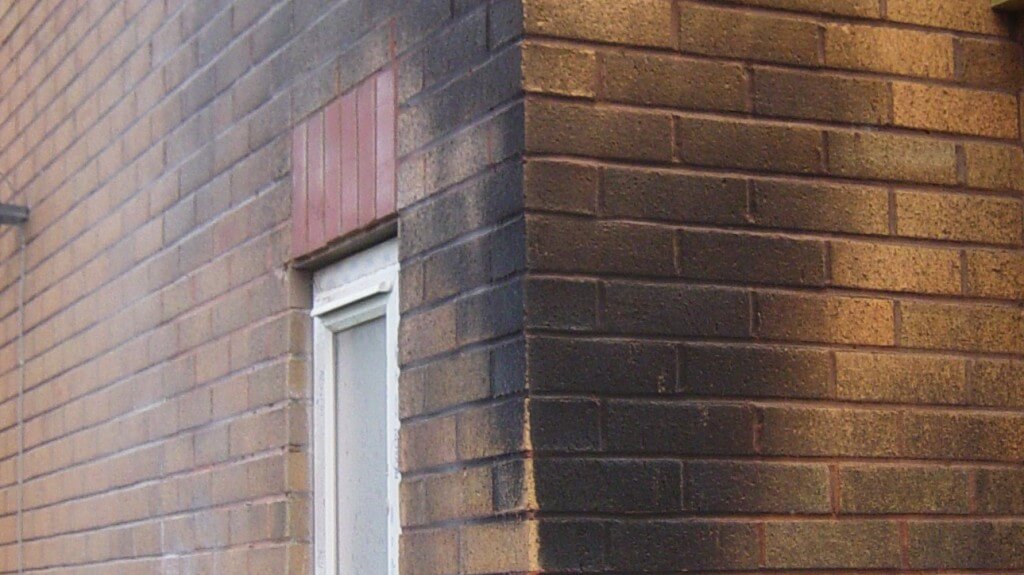There are two types of sewage: treated and untreated.
Treated sewage:
Treated sewage refers to wastewater or sewage which has passed through a treatment plant. Sewage goes through several stages in the treatment process ensuring that all harmful bacteria, pollutants and contaminants are eliminated. The stages of sewage treatment include pre-treatment, primary, secondary and tertiary sewage treatment. The last stage usually involves the use of UV light to ensure all bacteria and/or viruses are removed. After treatment, the water will usually pass into rivers or seas or be reused for irrigation and agricultural purposes.
Coming into contact with treated sewage is rare, but can arise if large flooding events affect sewage treatment plants or in very rare cases there is a pump or other equipment failure that results in wastewater spreading over land and potentially into property.
Untreated sewage:
Untreated sewage refers to wastewater which contains harmful waterborne pathogens and bacteria and which has not yet gone through a sewage treatment plant. Raw sewage originates from broken toilet pipes, overspills, industry leakages and heavy storms. It poses an extremely high risk to human and animal health and the longer it sits and stagnates a home or a business, the greater amount of bacteria it will contain.
Quite often, in the poorer areas of the world, sewage can get dumped anywhere and this is unfortunate as people have no access to proper treatment plants, therefore increasing health risks in those areas.
When a flood occurs, more often than not, the water contains untreated sewage and it therefore must be dealt with straight away. SafeGroup respond immediately reducing business interruption and majorly decreasing the risk of damage to your health and your property.


